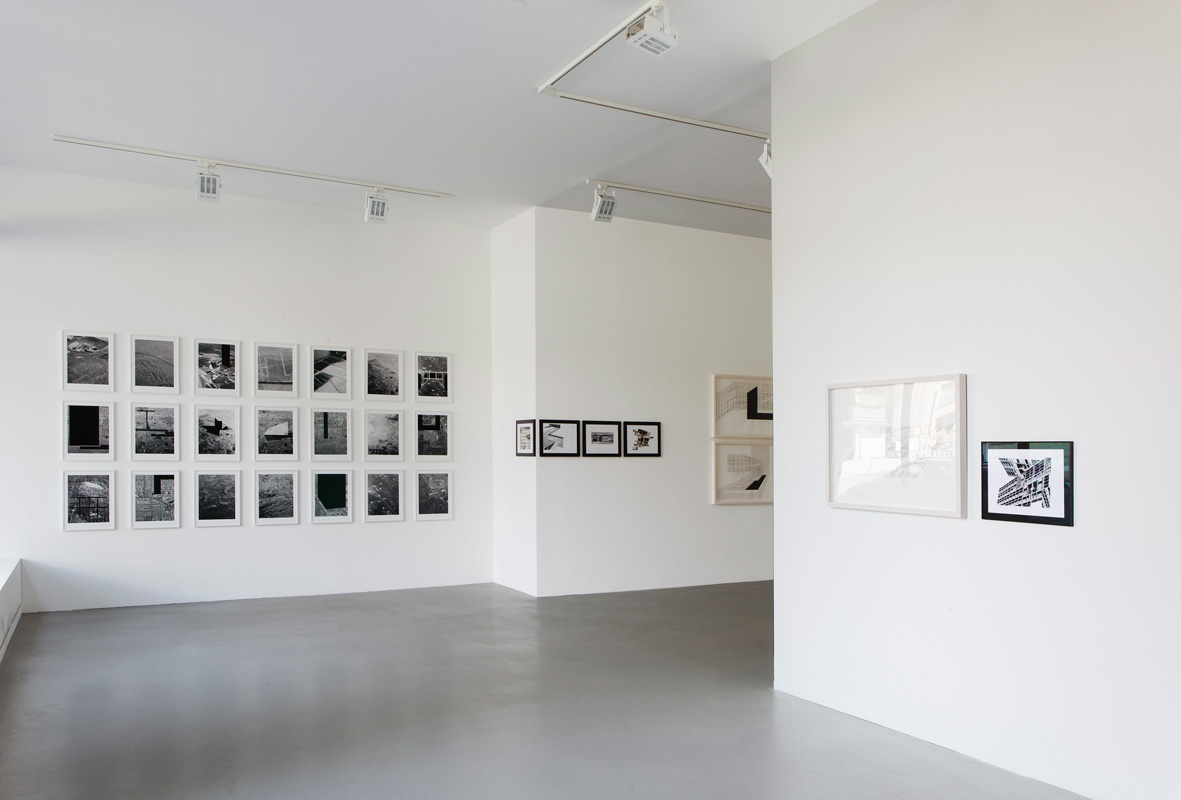
Artist:
Seher Shah (born 1975 in Karachi, Pakistan; lives and works in Brooklyn, NY, USA).
Materials:
Collages on paper; Archival digital prints; Graphite on paper; Graphite and gouache on paper.
Description:
“The show takes its title from Le Corbusier’s concept of La Ville Radieuse, The Radiant City, a concept he developed from the 1930ʼs onwards and which encapsulates his ideas of reforming society through his modernist approaches to town planning. Fundamentally utopian and socialist in their ambition, the most prominent Radiant City projects are Unité dʼHabitation—a variety of modernist social housing units in France and Germany—and Chandigarh, the capital of the northern Indian states Punjab and Haryana, which Le Corbusier planned in its entirety.
“The main body of work in Radiant Lines recalls the modular facade of Le Corbusierʼs Unité dʼ Habitation of Marseille. In the series Unit Object Drawings (2012) Seher Shah breaks the facadeʼs grid into its different structural components and intersects it with solid geometric shapes. The structure of the facade expands and unfolds in the delicate drawings and the repetition of form creates an ambiguity as to whether one is looking at separate objects or in fact at one object from various perspectives. The four-part drawing Study for a Totem (2012) again uses the Cartesian grid of the facade and depicts a single modernist object without the context of a landscape. In this particular work the brutality of the objectʼs shape appears in harsh contrast to the delicacy and detail of the drawing. Using the basic elements of architecture—wall, grid and column—Seher Shah works through concepts of construction and structural repetition. By isolating and highlighting the hard-shaped authoritarian and monumental forms and structures, Shah subtly points us towards the effect these brutalist engineered urban spaces have on our habitat.”
—”Press release: Radiant Lines. Gallery Nature Morte, Berlin, Germany,” Seher Shah website.

